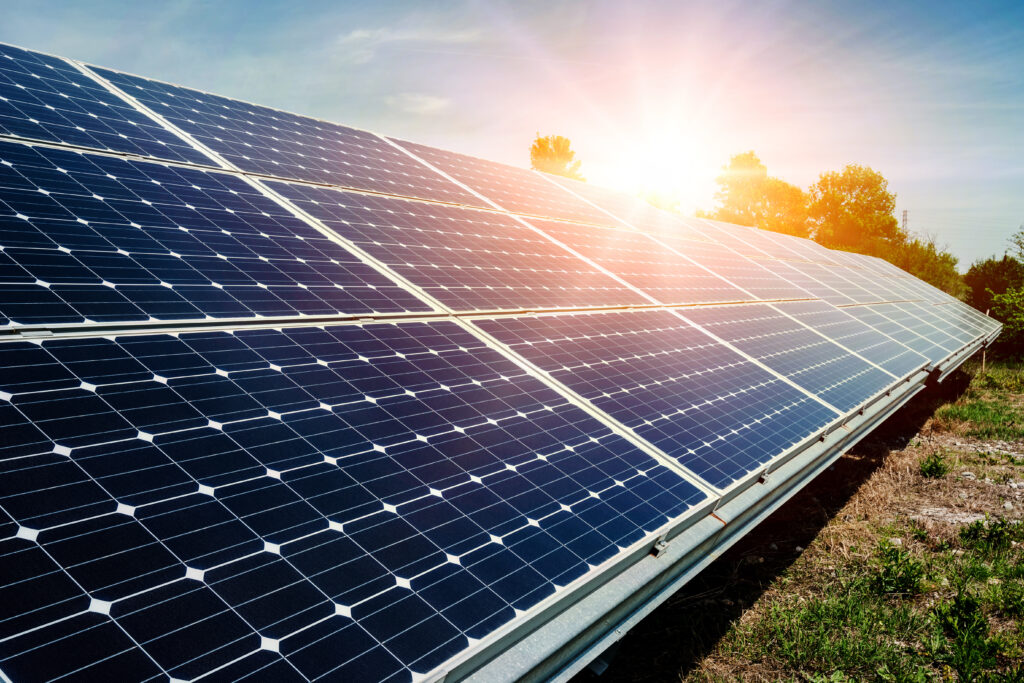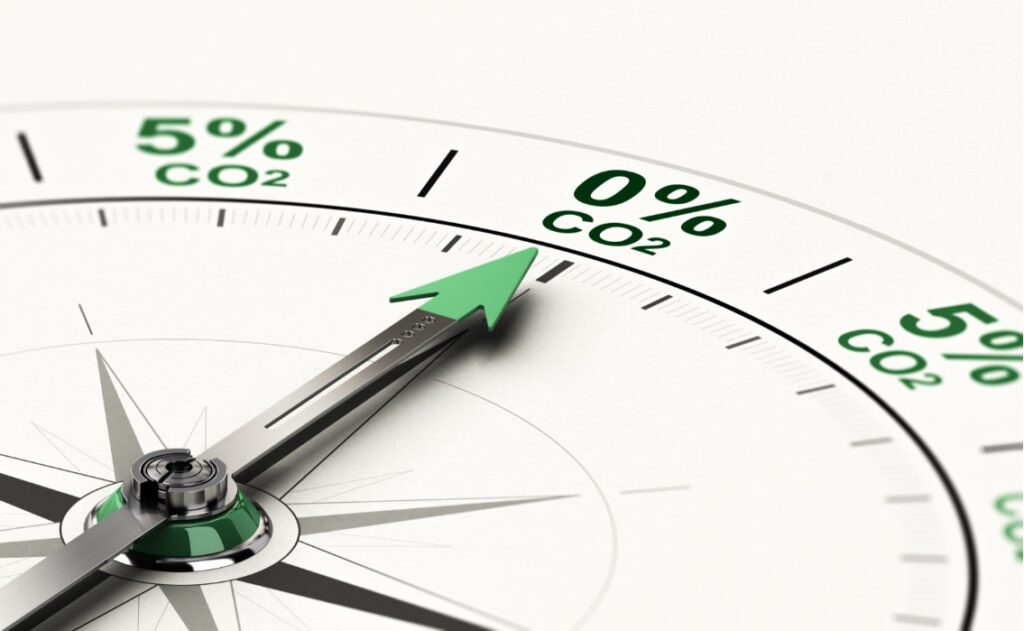Following the dramatic defeat of a sweeping climate change bill on the final day of the 2021 General Assembly session, stakeholders are trying to determine how to move forward with Maryland’s ongoing debate over how to decarbonize buildings.
“The failure of the large, Senate climate bill was emblematic of the differences that exist in Maryland — the differences between the Senate and the House, the differences between Montgomery County and the rest of the state,” said Stuart Kaplow, a sustainability and green real estate attorney at Kaplow Attorneys at Law. While state senators pushed for bold new energy efficiency requirements, members of the House of Delegates “were interested in making incremental changes that felt more responsible given that Maryland is already among the greenest states in the country.”
The most pronounced difference may be in how the two chambers view solar policy. While both agree that solar will be a major source of future electricity generation, the Senate bill included solar-ready requirements for buildings up to 20 stories. The House, on the other hand, favors ground-mounted, utility-scale solar. The House position is influenced by the lower cost of utility-scale solar, which according to reporting by the investment bank Lazard, is 2.5 to 7.5 times cheaper, making it cost competitive with conventional generation technologies. Because of the high floor area to rooftop ratio, buildings taller than three stories find it difficult to generate a significant percentage of energy use through rooftop solar. The House version of the climate bill included feasibility studies for rooftop solar on lower industrial buildings.

Commercial buildings have made big strides in adopting more energy efficient designs and systems over the last 20 years, said Joshua Asbury, Vice President of Development and Construction at Merritt Properties, LLC. However, “we are approaching the point where more efficient technology that is equivalent in quality, comfort, etc. does not exist or [energy efficiency] measures that need to be undertaken are prohibitively expensive.”
In fact, the efficiency of the commercial energy code has improved 39% since 2006 — a rate of improvement that, if maintained, would reach near net zero energy use about 2040, five years before the state’s economy-wide goal.
A study of electrification of space heating in commercial buildings by the American Council for an Energy-Efficient Economy found only 27% of commercial building floor area can be converted to heat pumps with a simple payback period of 10 years or less. An alternative scenario that assumed additional energy efficiency upgrades, incentive payments and a carbon price of $50 per ton, increased the 10-year payback to 60% of floor area.
The opportunities are found most often in states with warm winter climates.
Maryland could adopt several measures to facilitate feasible adoption of more efficient building systems, said Lisa Ferretto, Director of Sustainability at Hord Coplan Macht.
“I feel you have to do things in steps,” Ferretto said. “My dream for the State of Maryland is to take the step of adopting energy benchmarking.”
Energy benchmarking of existing building stock would provide the state with a detailed understanding of energy use and efficiency levels, she said. That could become the basis for developing graduated plans to improve energy efficiency of new and existing buildings based on building conditions and viable improvements.
Meeting a median Energy Star Portfolio Manager score or achieving a 20% reduction in site energy use is central to the approach taken by the District of Columbia which has embraced widespread energy benchmarking. A presentation at a meeting hosted by NAIOP DC-MD documented the compliance challenges faced by building owners in D.C. A base retrofit package applied to a 2011 multifamily building produced a 14% reduction in site energy use at a cost of $463,000 and a simple payback of 22-years. A deeper energy retrofit at cost of $2.4 million achieved a 31% energy use reduction but offered a payback period of more than 2400 years. But the deep energy retrofit, which included heat pump HVAC and heat pump water heaters, lowered the building’s Energy Star benchmark score. This result is one reason policy makers in D. C. are preparing a transition to a carbon-emissions-focused scheme in future years.
The Maryland Department of Environment has traditionally resisted use of energy benchmarking because of Energy Star’s focus on energy use rather than carbon emissions. The state assigns emissions from generation of electricity to the utility sector and has already required that public utilities increase the amount of zero-emission electricity sold in the state. How fast electricity generation transitions will have the most influence on the pace of emissions reductions. For buildings, the state’s climate strategy is concerned with on-site combustion of fossil fuels for heat and hot water. Regulators traditionally have seen receiving energy use data from tens of thousands of buildings and the Energy Star method as aligning poorly with their current strategic approach.

“The intent of legislation would not be to penalize but to give incentives for choosing different pathways and identifying the most appropriate solution for each building,” said Chris Parts, Principal at Hord Coplan Macht. Parts and HCM have participated in state discussions about how to shape decarbonizing legislation and were influential in the Senate bill’s requirements that existing buildings achieve 40% energy use reductions and a Net Zero Energy Balance mandate for new construction.
Those incentives could include tax breaks, subsidies or expansion of programs such as EmPower Maryland. That initiative currently pays for a percentage of many energy efficiency efforts, including energy modelling and installation of high efficiency HVAC systems or other building components.
Part of the downfall of the Senate bill was that it only provided monetary incentives only to public school systems to build net zero energy buildings and funded those incentives with money from the Strategic Energy Investment Fund, 50% of which is dedicated to utility bill subsidies for low-income households.
The EmPower Maryland programs continue to focus on energy efficiency, which indirectly reduces carbon emissions but will provide diminishing benefits as the electricity grid gets greener. In 2020, the state’s climate commission recommended the programs be expanded to fund electrification of natural gas, oil and propane heating systems. The Maryland Public Service Commission is reevaluating the structure and eligible uses of funds to consider carbon reduction. While the Senate bill would have locked in the current efficiency program structure for three more years, House leaders favored waiting until the commission’s recommendations are finalized.
The state, Parts added, should also “lead by example” and include measures such as high efficiency systems, onsite solar installations, electric heat pumps and net-zero-ready designs in state-funded building projects in order to test their feasibility.
The Maryland Department of Environment (MDE) has hired Environment and Energy Economics (E3) to study least-cost approaches to reducing carbon emissions from buildings. MDE commissioned the firm to answer two broad questions: First, what are the potential pathways to achieve deep decarbonization of Maryland’s building stock by mid-century, relying on a mix of energy efficiency, electrification and renewable fuels? Second, what are the costs and benefits of each pathway, considering impact on the electric system, renewable fuel costs and heat pump equipment costs?
The study results will serve as the basis for an energy transition plan MDE is scheduled to complete by the end of 2021. Whether the General Assembly uses the plan as the basis for 2022 legislation is an open question. What is certain is that the legislature will take up building energy and decarbonization when it reconvenes in January.
NAIOP Maryland played a central role in the defeat of the Senate’s climate bill this session but supported the House version. Going into 2022 and beyond, commercial real estate must play a central role in developing a responsible framework for buildings to meet the state’s climate targets in a way that is cost effective and technologically sound.